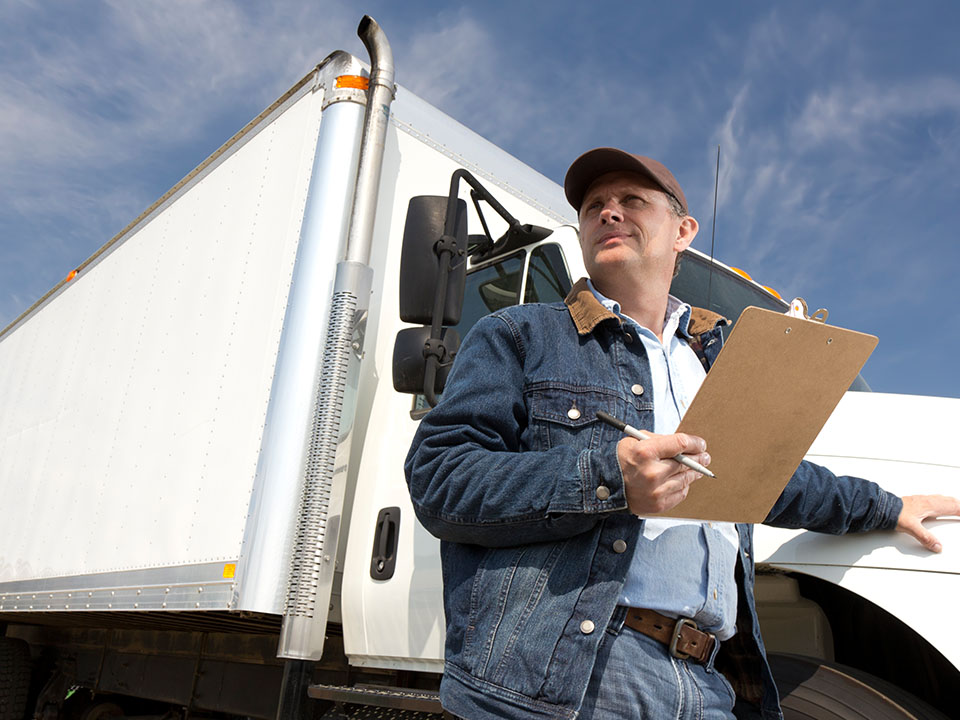I thought Amazon’s drone delivery service would be the most amazing approach to last mile delivery that couldn’t be topped. Obviously, I was mistaken.
There’s no arguing the fact that we’ve all become used to an e-commerce “on-demand” world, where consumers want what they want when they want it…and they usually want it NOW! That’s one of the main reasons that Amazon became the behemoth it is today. The company has consistently looked for better, more efficient ways to get goods to its customers, including drone delivery.
This demand for quicker delivery has created a challenge for retailers and shippers and led to the demand for more efficient “last mile delivery,” which is the movement of goods from what had been a transportation hub to the end-user, the customer at home. In October of 2016, McKinsey posted an article on this very subject, “How customer demands are reshaping last-mile delivery.” As the article states, “Large e-commerce players, as well as various start-ups, have identified last-mile services as a key differentiator. In fact, the variety of delivery options and the perceived quality of the delivery service are major decision-making criteria for online customers and hence directly affect e-commerce players’ success in the marketplace. With this in mind, vendors are working hard to offer the best customer experience possible, especially by improving delivery times.”
One of the solutions is creating more transportation hubs closer to the point of delivery which will not only save on the timing of deliveries but also the cost of shipping. In this situation, delivery companies like FedEx and UPS are part of the mix. As companies like FedEx somewhat disrupted the USPS, so now are companies rising that are disrupting the disruptors…sort of an Uber-ization of delivery. Companies like Roadie Inc. They’ve created an app that “matches people with stuff to send with drivers already headed in the right direction.” This type of service might work for small businesses or individuals, but may be harder to manage for large shippers.
With all of this, I was beginning to wonder if there were additional methods of delivery that could be utilized. And then there was this: ”Wal-Mart begins testing last-mile delivery by employee.” As the world’s largest retailer, Wal-Mart has been exploring ways to compete with Amazon’s delivery services. And since Walmart is also the world’s largest private employer, should this new service work out, the company has a huge ready-made delivery force. According to Walmart’s Marc Lore, president and CEO of Wal-Mart U.S. e-commerce,, who states, “It just makes sense. We already have trucks moving orders from fulfillment centers to stores for pickup. Those same trucks could be used to bring ship-to-home orders to a store close to their final destination, where a participating associate can sign up to deliver them to the customer’s house.” He also notes that this will be entirely voluntary on the employee’s part and they will be able to earn money simply by making a stop or two on their way home.
This may not be same-day or “within hours” deliver, but it’s often next-day at most and so far in its three store test, according to Wal-Mart, the results have been positive. So my question is, “What’s next?”
Is your business being affected by consistent demands on faster delivery? If so, let us know what you’re doing.





